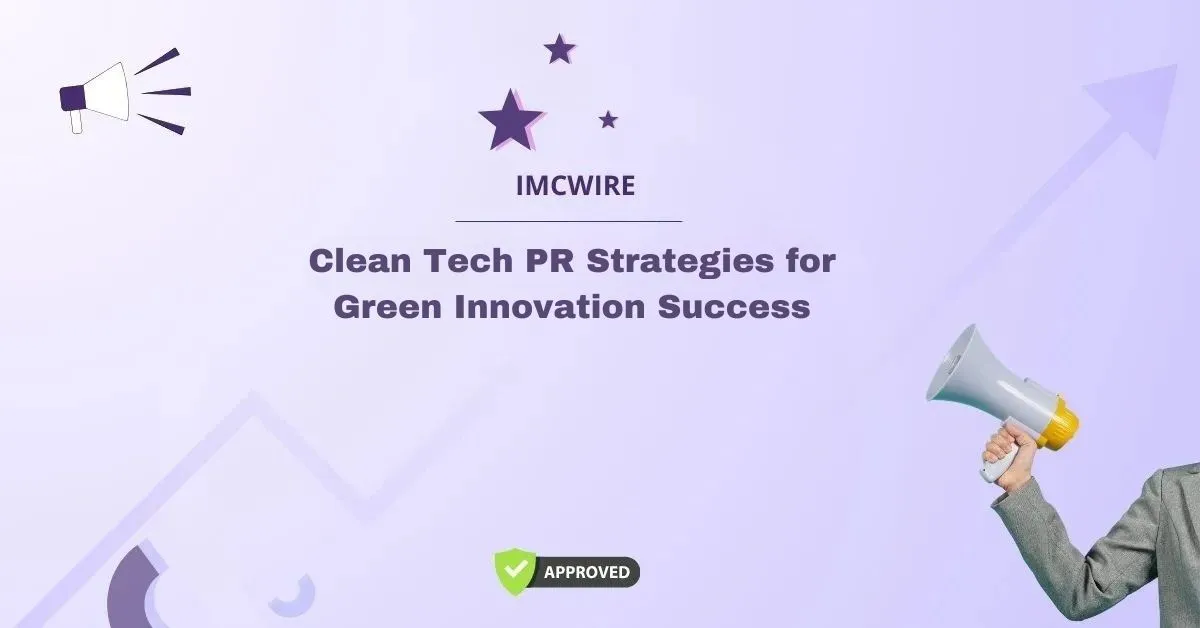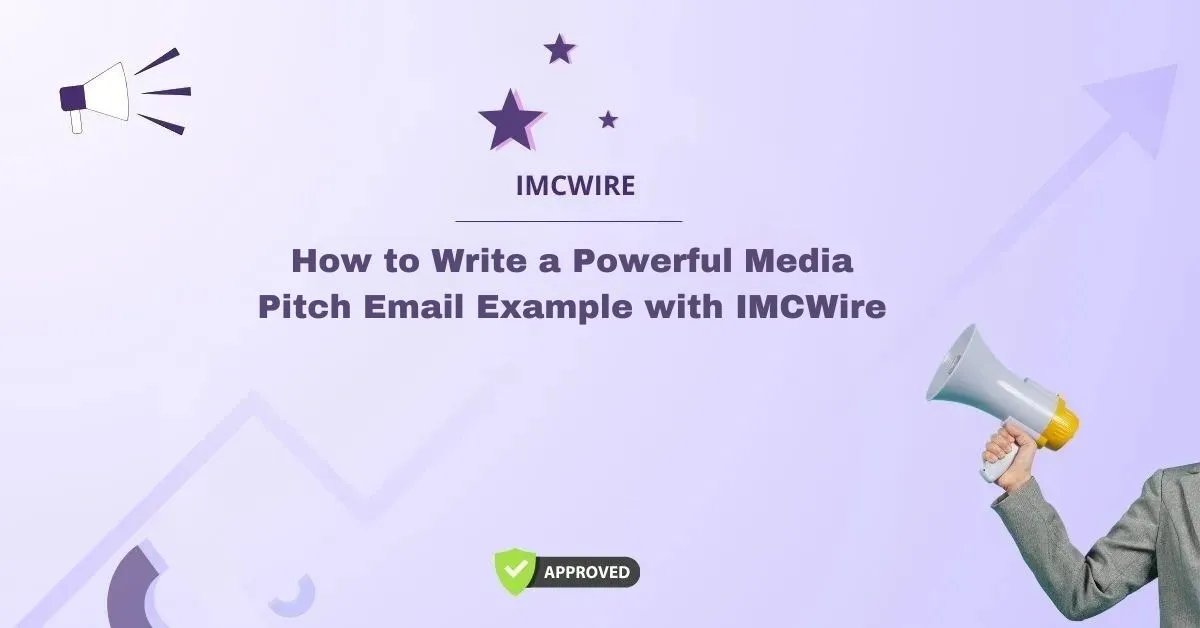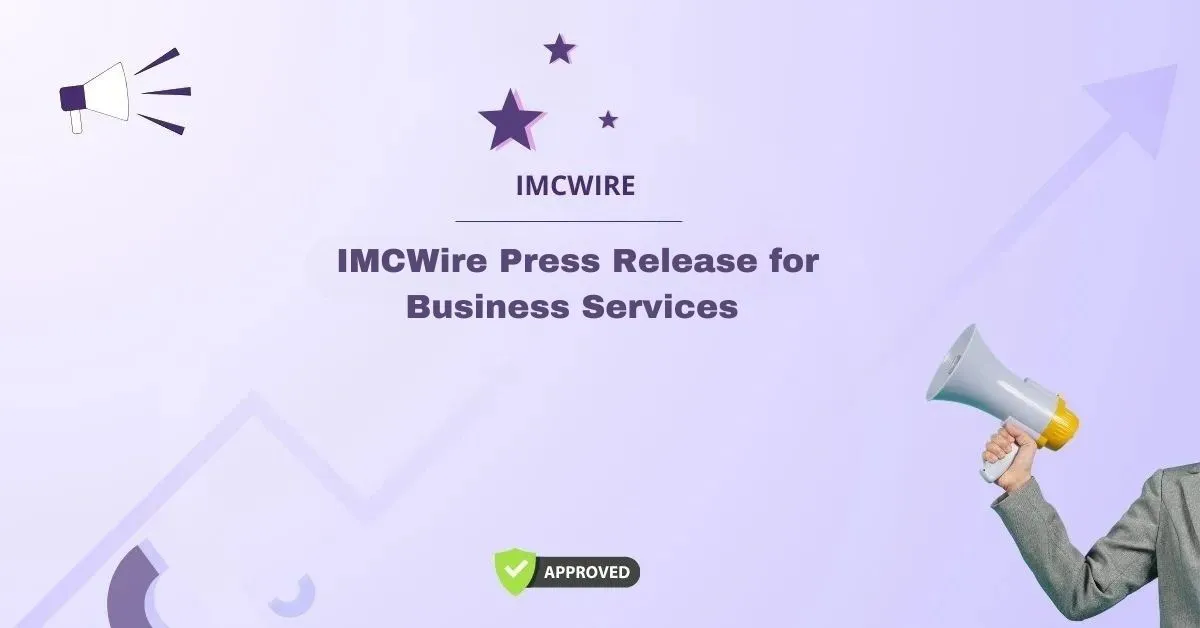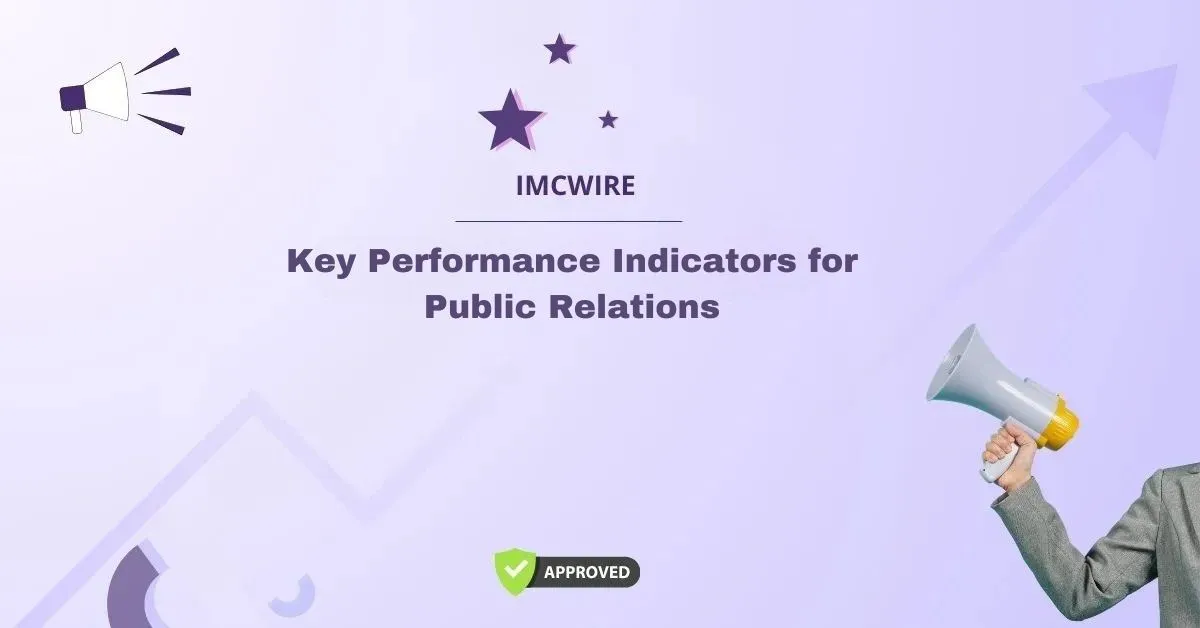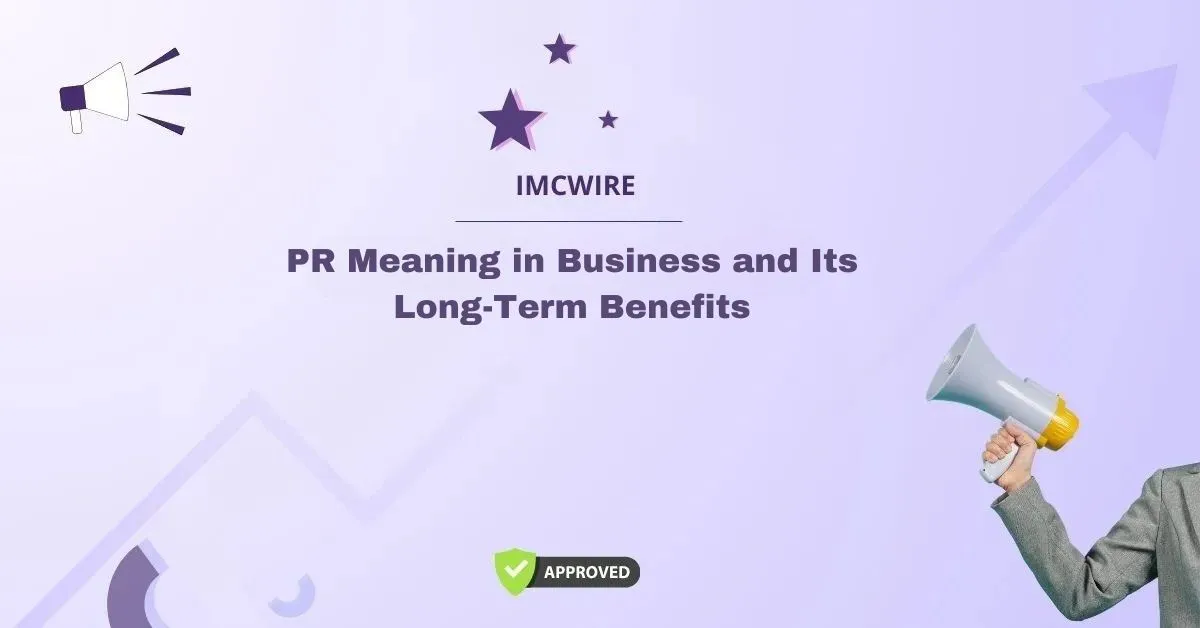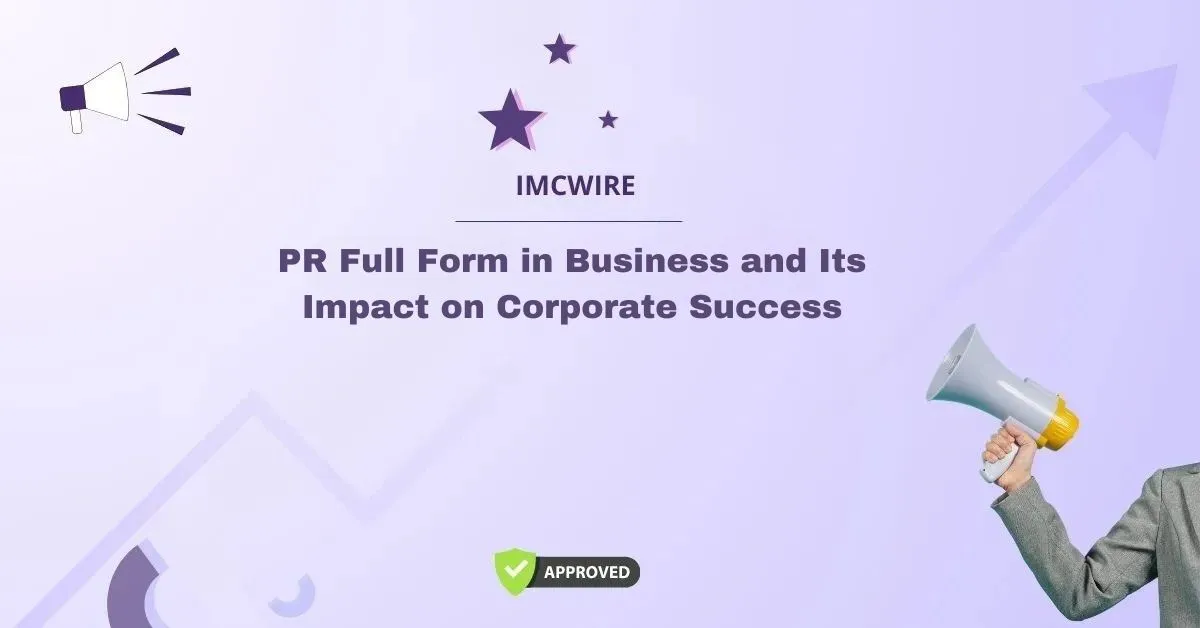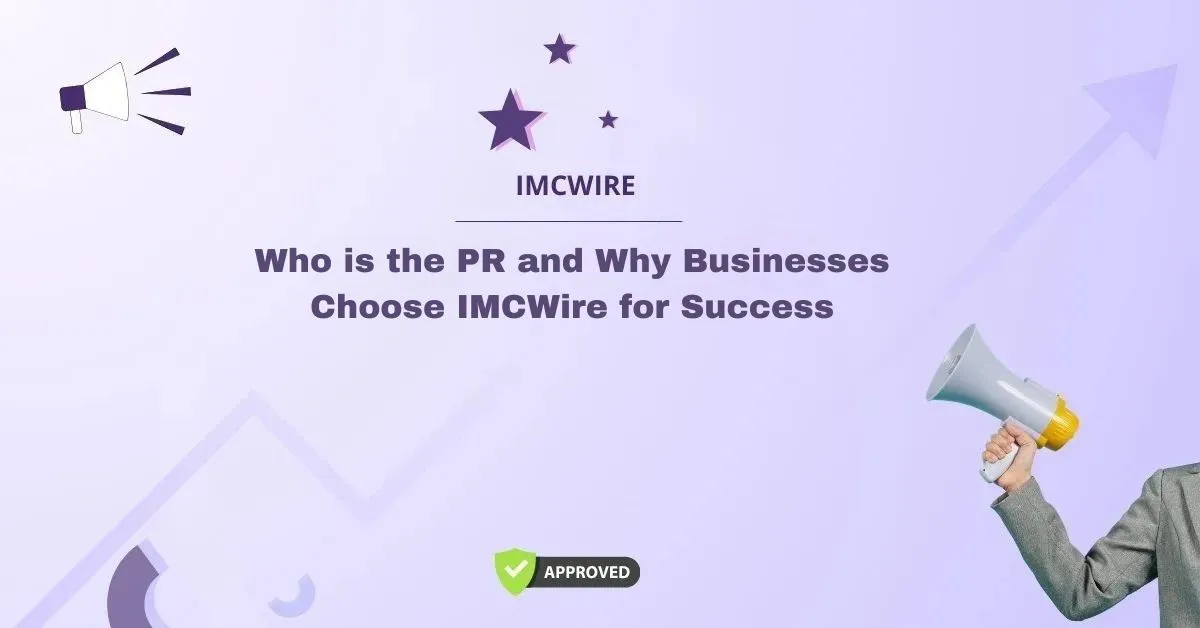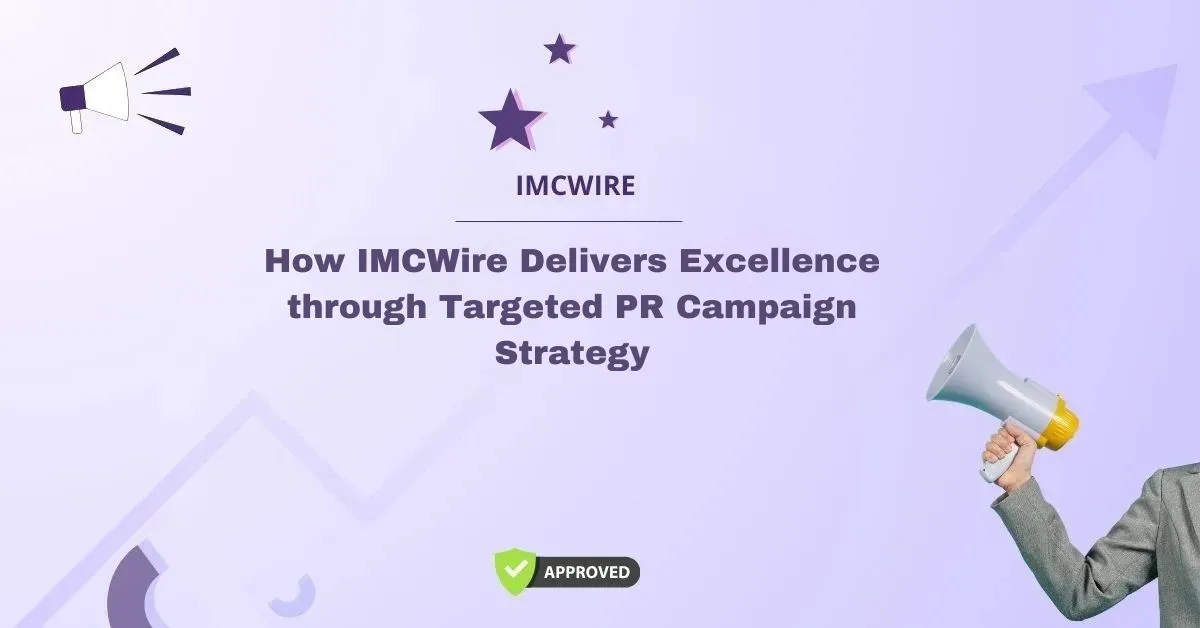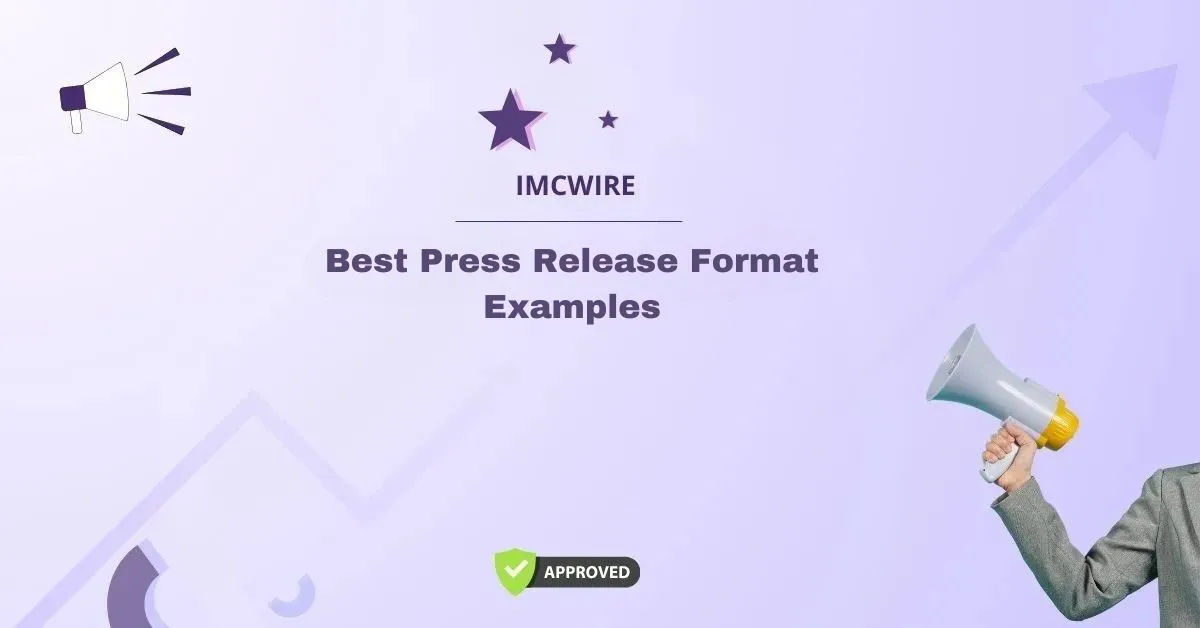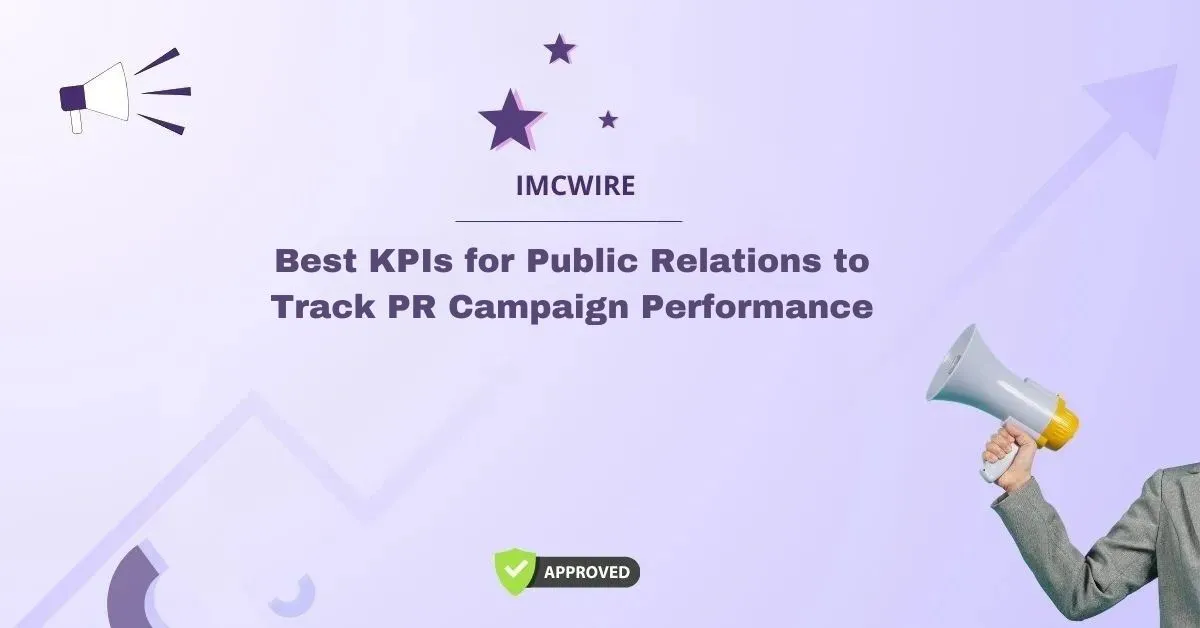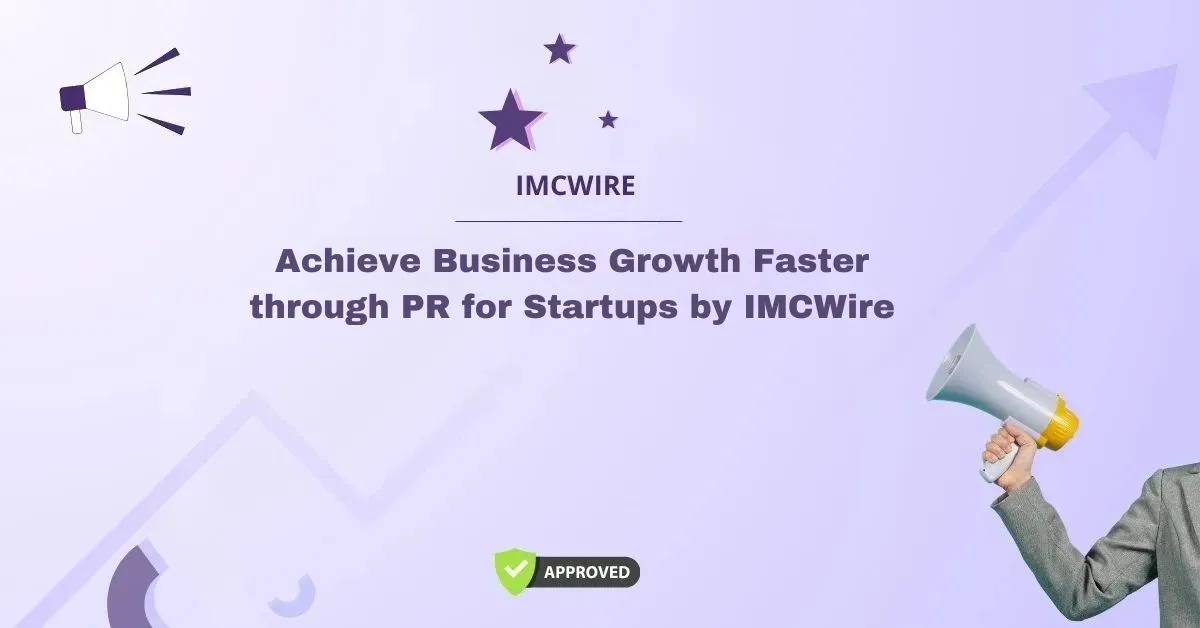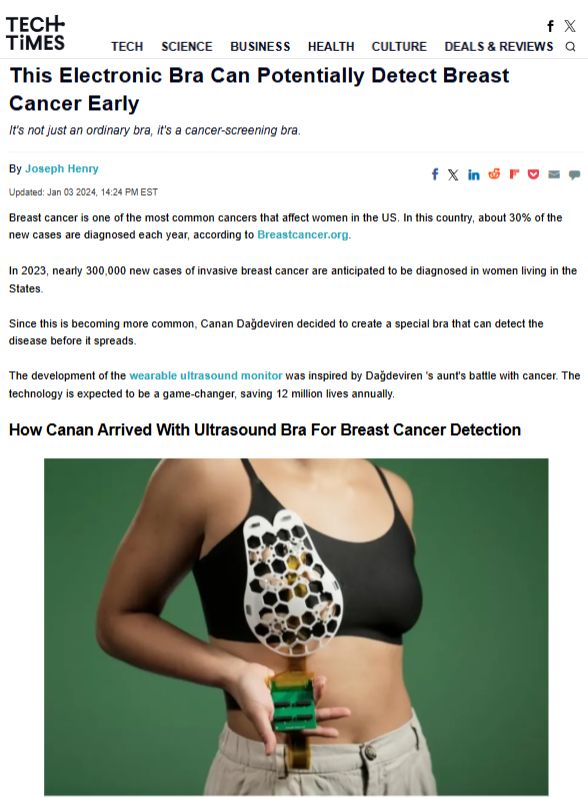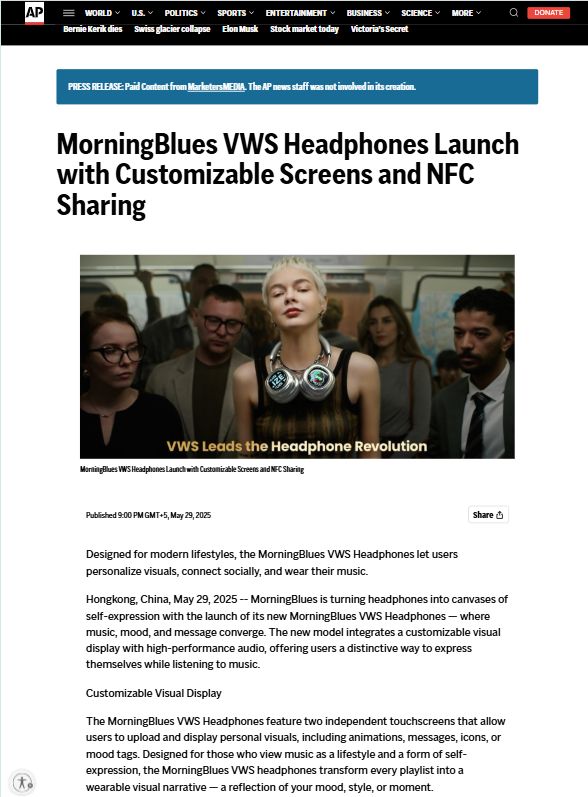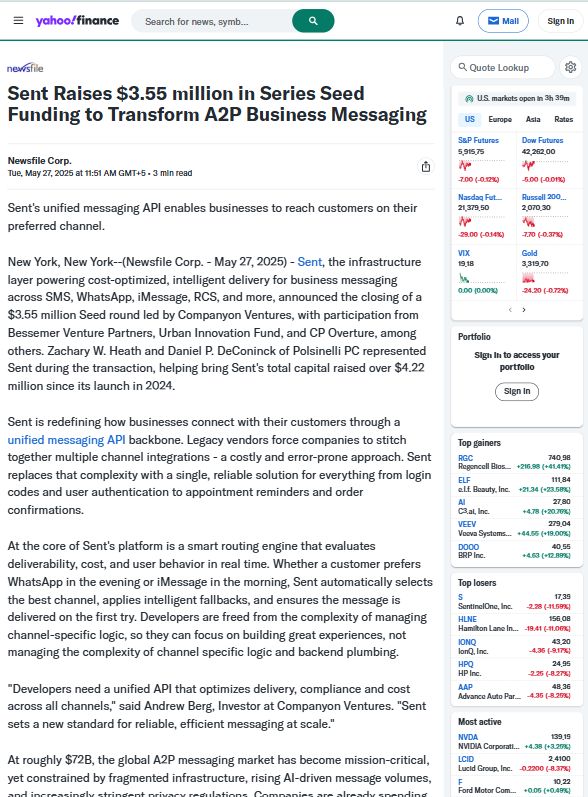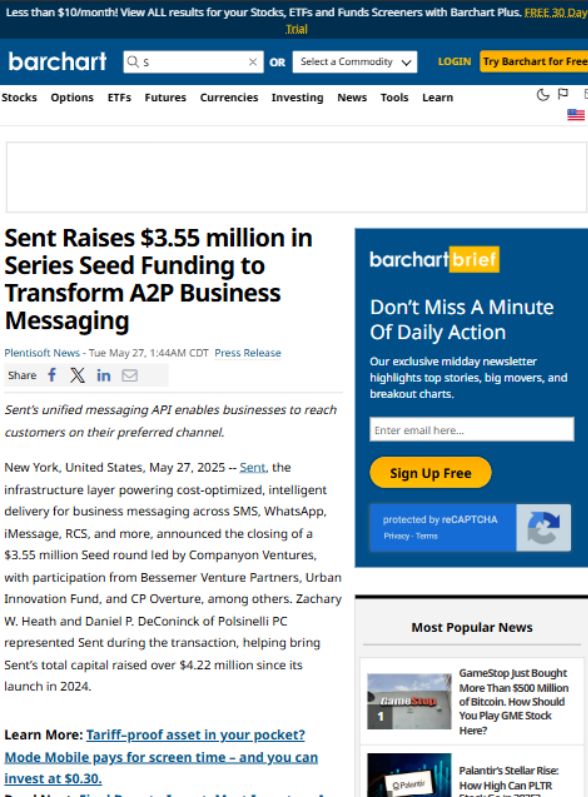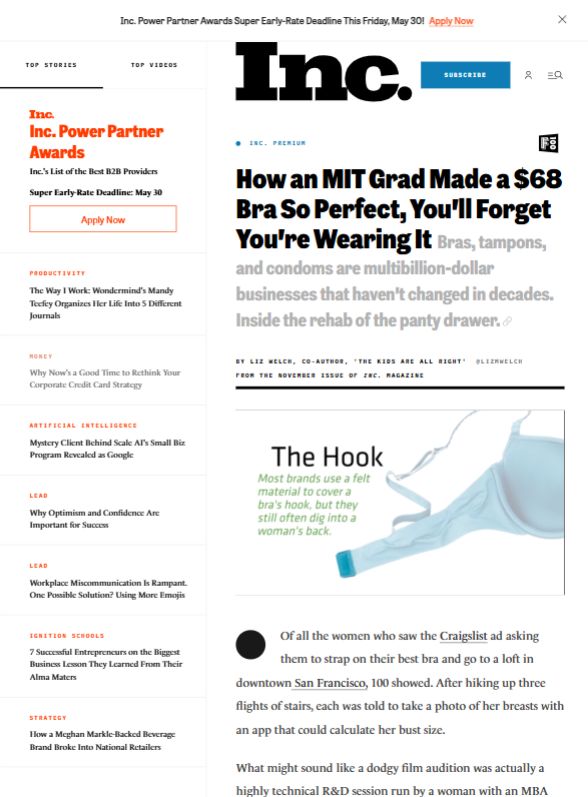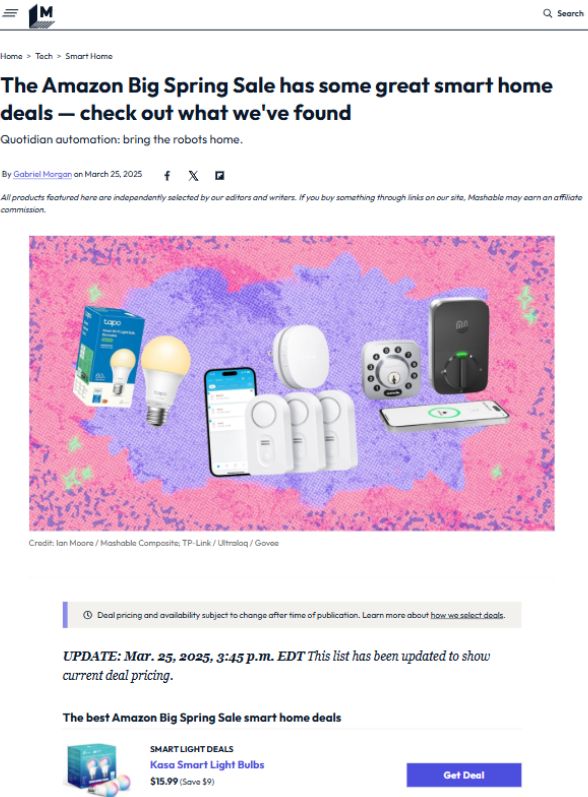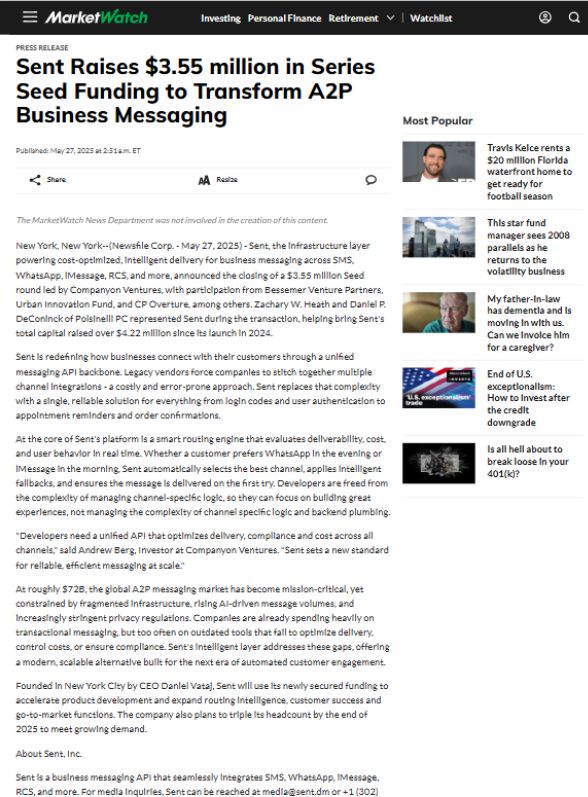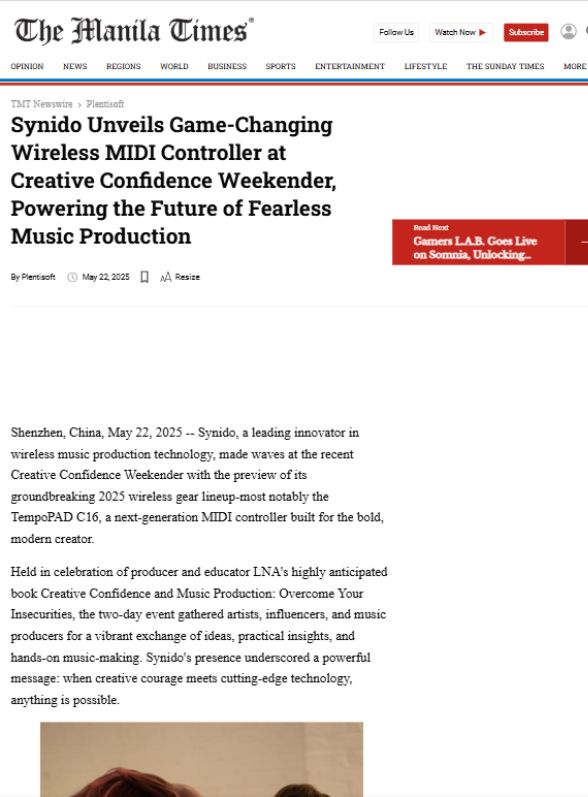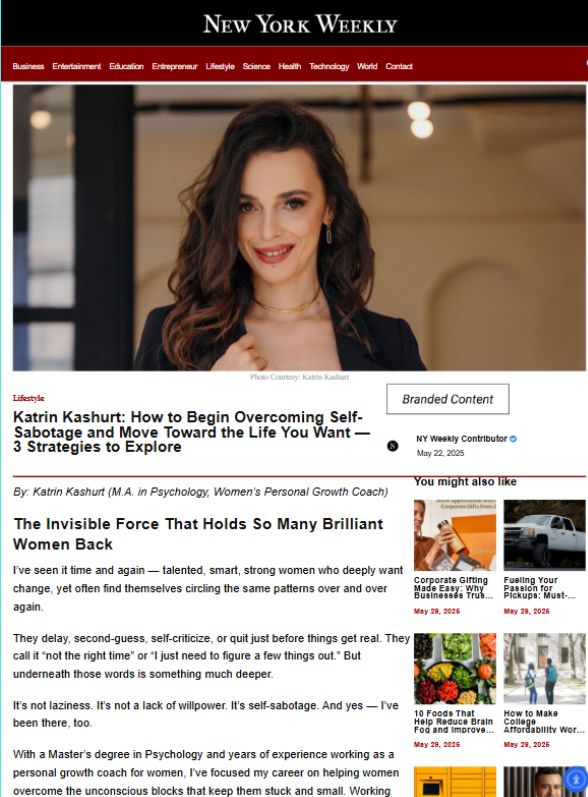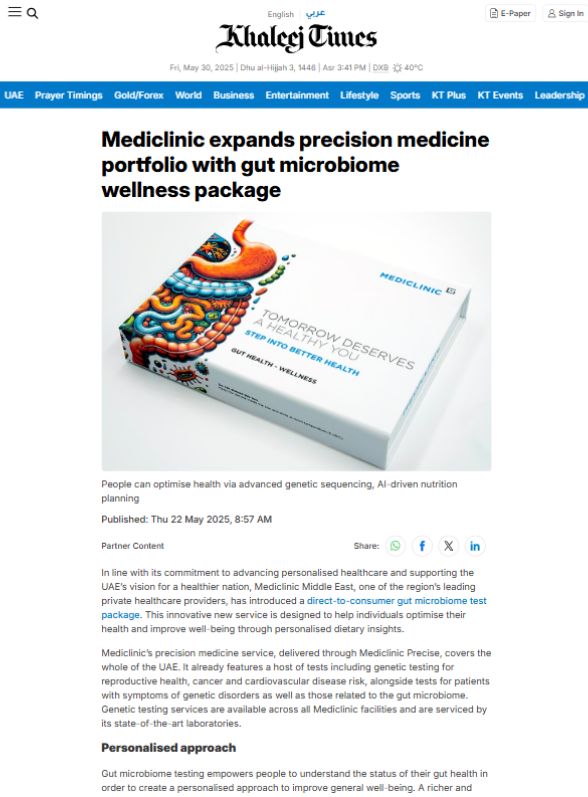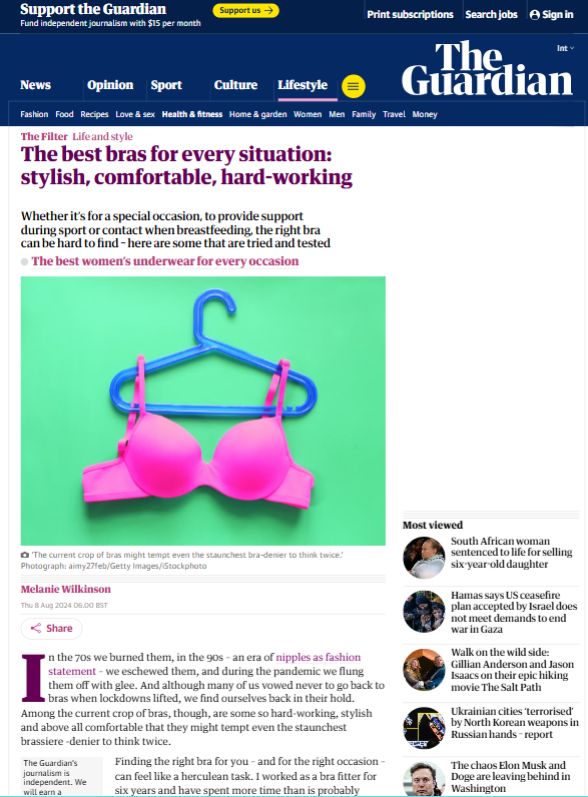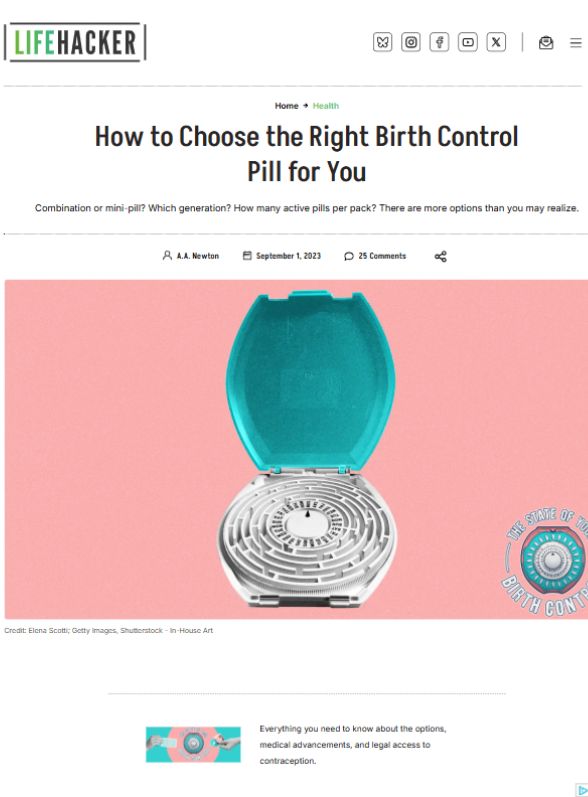In the rapidly evolving world of digital communications and SEO, crafting a press release that performs well on both editorial and algorithmic levels is more important than ever. As Google’s search algorithms continue to prioritize quality content, one framework stands out: EEAT — Experience, Expertise, Authoritativeness, and Trustworthiness. For modern public relations professionals, EEAT improvement in press release drafting is no longer optional. It’s a strategic necessity.
This blog explores how aligning press releases with EEAT principles can elevate brand perception, enhance discoverability, and improve engagement in an increasingly competitive media landscape.
Table of Contents
Understanding EEAT in the Context of Press Releases
Originally introduced in Google’s Search Quality Evaluator Guidelines, EEAT is a framework used to evaluate the credibility and quality of online content. It stands for:
- Experience – First-hand knowledge or insight from someone who has lived or worked with the topic.
- Expertise – The depth of knowledge demonstrated on the subject.
- Authoritativeness – Recognition by others in the industry or domain.
- Trustworthiness – Accuracy, honesty, and reliability of the content and its source.
While EEAT was initially a framework for assessing web content like blogs and product reviews, its principles are increasingly critical in press release writing. News announcements that reflect EEAT qualities are more likely to be trusted by journalists, picked up by news outlets, and ranked favorably by search engines.
Why EEAT Matters in Press Release Drafting
Traditional press releases focused on announcing news. Today, they must also compete for visibility in search engine results and meet the expectations of journalists, stakeholders, and the public. Incorporating EEAT improvement in press release drafting ensures that content is not just well-written but also optimized for credibility, reach, and reader impact.
Here’s why EEAT matters:
- Boosts SEO Rankings
Google’s algorithm favors content that demonstrates EEAT. Press releases aligned with these principles stand a better chance of ranking higher in search results. - Improves Media Pickup
Journalists seek trustworthy sources. Releases that reflect experience and authority are more likely to be cited and published. - Enhances Brand Reputation
Releases that show transparency, real expertise, and verifiable information foster trust with readers and stakeholders.
Strategies for EEAT Improvement in Press Release Drafting
Now that we understand why EEAT matters, let’s explore actionable strategies for improving EEAT in your press release content.
1. Incorporate First-Hand Experience (E)
Highlight direct experiences and insights from people within the organization:
- Use quotes from executives, engineers, or team members who were involved in the announcement.
- Provide case studies, test results, or real-world examples.
- Mention previous customer feedback or user experiences.
Example:
Instead of saying “The product offers enhanced performance,” say “According to our lead developer, Jane Smith, the new version improves processing speed by 35%, based on internal benchmark testing.”
2. Establish Subject Matter Expertise (E)
Demonstrating expertise means going beyond surface-level content:
- Mention certifications, industry awards, or relevant achievements.
- Use technical or industry-specific terms appropriately.
- Reference your company’s years of experience or past successful initiatives.
Make it clear that the content is created or vetted by someone who understands the topic deeply.
3. Reinforce Authority (A)
To show authoritativeness:
- Reference third-party recognition (awards, media coverage, peer-reviewed mentions).
- Link to reputable sources or prior publications from your company.
- Include the organization’s role in major industry developments or events.
Authority is often tied to your organization’s visibility in its niche. Even mentioning partnerships or collaborations with well-known names can boost perceived authority.
4. Build Trust (T)
Trustworthiness is arguably the most important component of EEAT. Here’s how to reflect it:
- Include verifiable data (with sources).
- Avoid exaggerated claims or hyperbolic language.
- Ensure consistency between press release content and website messaging.
- List accurate contact information, including a real media contact.
Google and journalists both value transparency. If your press release appears spammy, misleading, or vague, it will likely be dismissed.
Best Practices for EEAT-Enhanced Press Releases
While the strategies above target specific EEAT components, let’s outline a checklist for overall best practices:
Use a Credible Author Byline
Where possible, include a byline or attributed quote from someone within the company who holds a relevant position. This improves both expertise and trust.
Keep Formatting Clear and Professional
EEAT improvement in press release drafting also includes the visual and structural presentation. Use proper formatting, subheadings, bullet points, and concise paragraphs to boost readability and professionalism.
Ensure Accuracy and Clarity
Every factual statement should be double-checked. Typos, grammatical errors, or outdated data harm your release’s credibility.
Cite Third-Party Endorsements
Mentions of positive customer testimonials, partnerships, industry recognition, or media coverage can dramatically increase authority and trust.
Provide Context and Background
Don’t just announce; explain. Help the reader understand the “why” behind your news. How does it connect to industry trends or customer needs?
The Role of AI in EEAT-Optimized Press Releases
With the rise of generative AI, many brands use AI tools to generate press release drafts. While this speeds up production, it poses EEAT-related challenges.
AI lacks genuine experience and trustworthiness by nature. Therefore, if AI is used, ensure the final draft is reviewed, fact-checked, and personalized by a human expert. Always include real quotes and author credentials. AI can help with grammar and structure, but the core of EEAT lies in human input and validation.
Common Mistakes to Avoid When Drafting for EEAT
Avoiding the following pitfalls will ensure your press releases maintain a strong EEAT foundation:
- Vague or generic language: Avoid broad, unsupported statements.
- No author credibility: Don’t publish anonymously or without quotes.
- Unverified claims: Always support claims with data or references.
- Keyword stuffing: Optimize for search, but don’t sacrifice clarity or professionalism for SEO.
How IMCWire Helps You with EEAT Improvement in Press Release Drafting
At IMCWire, we understand the shifting dynamics of digital PR and the rising importance of EEAT improvement in press release drafting. Our editorial team emphasizes:
- Authentic storytelling from subject matter experts.
- High-quality releases written and reviewed by industry professionals.
- Media distribution with optimized EEAT-aligned content.
- Press releases tailored for both journalistic credibility and SEO impact.
We not only craft newsworthy content but ensure that it reflects the highest standards of accuracy, trust, and relevance—ensuring your message makes a lasting impact.
Conclusion
As digital ecosystems become more discerning, EEAT improvement in press release drafting has transformed from a behind-the-scenes guideline into a front-and-center best practice. Whether you’re a communications executive, startup founder, or PR agency professional, aligning your press releases with EEAT principles is vital to remain relevant and authoritative in 2025 and beyond.
Your content should not only inform but also instill confidence, demonstrate experience, and earn the trust of your audience—and that begins with how your press releases are written.
Invest in press release quality, back every claim with proof, cite real experts, and let your authority shine through every word. EEAT isn’t just a Google preference—it’s a blueprint for impactful communication.


